Revolver turntable
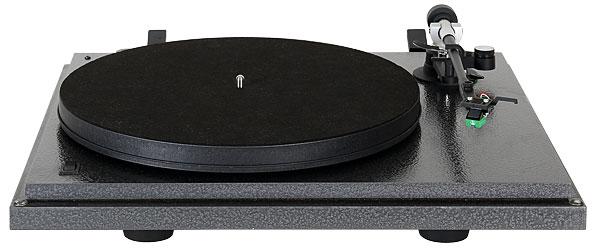
 One of many distinctive mid-priced turntables to surface in the 1980s, this dinky deck enjoyed its 15 minutes of fame, but then refused to go away. How will it sound today?
One of many distinctive mid-priced turntables to surface in the 1980s, this dinky deck enjoyed its 15 minutes of fame, but then refused to go away. How will it sound today?
If we could warp back to 1984 we would find a hi-fi scene dramatically different to how it is now. Vinyl may have been in the autumn of its life as a mass music format, but it still dominated. With CD very much in its infancy, the LP was the only practical way serious music lovers could hear their prized albums.
There was a further factor at play here too. Consumer credit was harder to access back in the early '80s, with the result that many buyers of hi-fi equipment literally had to save up their pennies before purchasing equipment. In turn this meant that the market was very price-sensitive, consumers being more attuned to small incremental improvements than they are today.
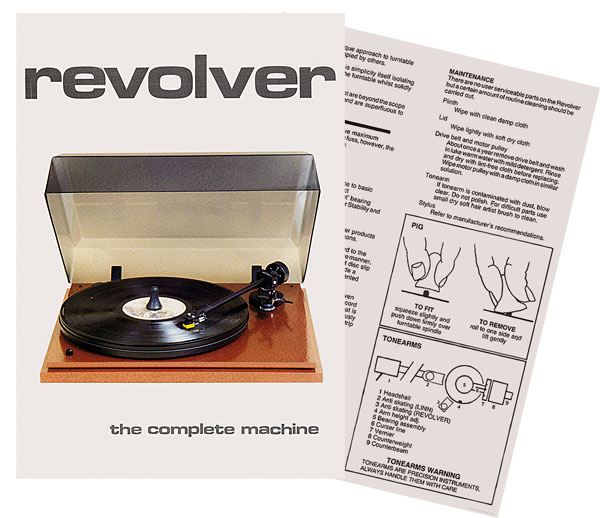
Audiophile Dreams
While some music lovers were lucky enough to be able to afford a 'superdeck' like the Linn Sondek LP12, most folk were on a tight budget and for them, there was really only one place to start – the Dual CS505 [HFN Feb '13]. Costing under £100, including cartridge, no other turntable sounded as good at the price, and vast numbers were sold throughout the '80s.
Yet where could people go when they outgrew their little Duals? There were a number of mid-priced British decks on sale back then, such as the Walker CJ58, Systemdek IIx, Heybrook TT2 and STD 305, but they were a good deal more expensive, selling for two thirds of the price of the Linn Sondek LP12, rather than just a little more than the Dual CS505. This is where the SEE Corporation's Revolver came in.
Costing £105 for the motor unit only, with a decent tonearm and cartridge such as a Linn LV-X/Basik combination, you could turn your audiophile dreams into reality for under £200. It gave buyers a taste of the high-end – though it was simply a taste – and was just about affordable for the cash-strapped but aspirational audiophile.
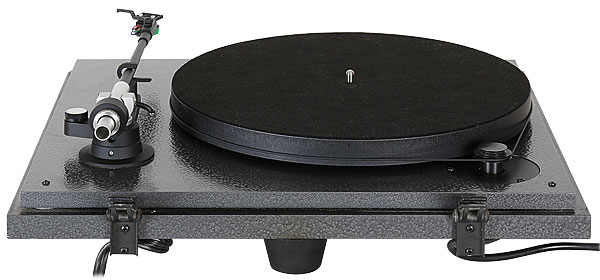
The biggest cloud on the Revolver's horizon was the Rega Planar 3, just fitted with the new RB300 tonearm. This, when tooled up with a Linn Basik cartridge, addressed precisely the same market sector – and was arguably better built and superior sounding. Yet still the Revolver sold well for two reasons.
Before You Go...
The first was that there was a waiting list for the Rega Planar 3, which at times could be as long as three months. Many buyers simply weren't willing or able to join the queue. Secondly, there were a limited number of Rega dealers in the UK, so if you lived out in the sticks, travelling to one of these to audition the turntable before buying it, was not necessarily a given.
The Revolver, on the other hand, was more easily available across a wider range of dealers, almost all of which didn't stock Rega products. To those buyers coming in to enquire about buying a Planar 3 the inevitable riposte would be, 'before you go sir, have you considered the Revolver?'.
Design Matters
The genius of the Revolver was its careful – and arguably clever – use of highly affordable and readily available materials to give a sound that exceeded the sum of its parts. The basis of this deck is the combination of two sheets of MDF, mechanically decoupled from one another via two stiff neoprene foam rubber strips. These run tangentially to the record groove, in line with the cartridge's cantilever.
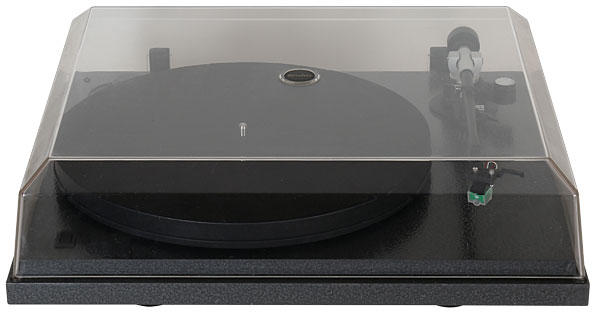
The idea was impressive because it was simple and cheap to do, yet brought real sonic benefits. It was superior – in theory – to the Rega's one-piece painted MDF base, because it offered an additional degree of decoupling between the deck and the outside world. The smaller, upper part of the Revolver's plinth held the motor, main bearing, platter and tonearm, while the slightly larger lower section held the feet – the first barrier to unwanted vibrations travelling into a deck from the ground.
While most affordable, non-suspended subchassis turntables depended on pliant rubber feet to reduce these external vibrations, the Revolver's two-tier base offered an extra line of defence. Another nice touch was that the lower part of the plinth had lead weights attached to each of its rear corners. Said to act as 'harmonic balancers', these were claimed to further reduce any vibrations.
Another standout facet of the deck's design was the platter, which weighed just 1kg and was simply a disc cut from MDF. Most other manufacturers of decks at this price used either polymer or glass for the job, both with their own compromises. Even though the Revolver's platter didn't feel substantial, it was still more acoustically inert than many and also placed less load on the motor. Whether belt or direct-drive designs, heavy platters typically mean motors working harder, potentially putting more noise into the plinth and the platter they turn.
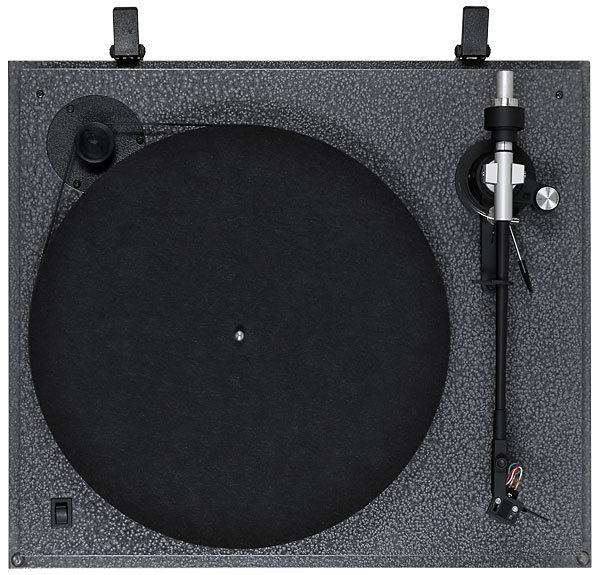
A Saia AC synchronous motor was used for the Revolver, with speed change achieved by moving the belt up or down its stepped pulley. Reviews at the time applauded the fact that – unlike the Rega Planar 3 and others – one didn't need to remove the platter to change the speed.
Little Pig
Sitting on top of the platter was the Revolver STARMAT, a rather precocious name (Standard Analogue Record Mat) for what was a small disc of loosely woven polyester fibres fitted with finely divided carbon particles. It was claimed that this mat was electrically conductive, thereby 'sinking' the static electricity from the record to the system ground via the spindle. It did have the advantage of having quite a lot of air in it, which helped lift the LP away from any platter noise.
Also supplied with the deck was a novel and rather small rubber record clamp which also got its own name – The Pig (Precision Instant Grip). The idea was to push it over the spindle, so clamping – to an extent – the disc firmly against the mat.
The Revolver's bearing was fairly conventional, being a steel-shafted, brass-sleeved affair with a ball bearing acting as the contact point. The company supplied an unspecified type of oil which – naturally – it claimed sounded better than conventional types. It also made a fuss about the importance of running the deck in from new, saying that it wouldn't sound optimal until used for several days.























































